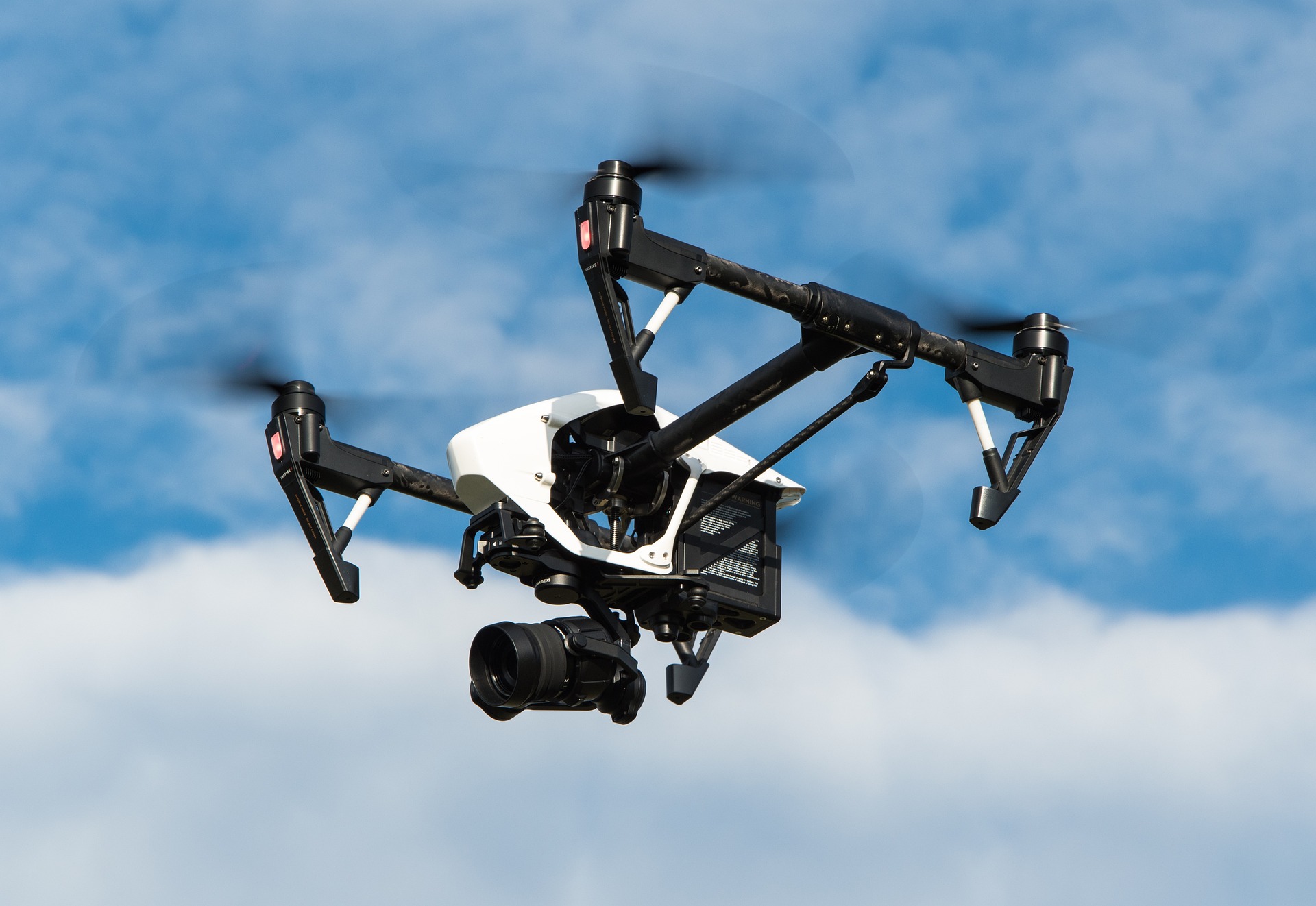by Hakan Uzun
The use of unmanned aircraft systems (UAVs) has grown daily, particularly in the European Union (EU). Remote pilots, third parties, and governments all have duties as a consequence of the expanding use of UAVs. This study will provide a concise outline of the EU's responsibility policy for harm caused by unmanned aerial vehicles.
- Introduction
There is neither a global nor an EU-level standardized liability framework for third-party damages brought on by UAVs. [1]
Liability and insurance are not addressed in detail in the New Basic Regulation, Implementing Regulation, Delegated Regulation, Acceptable Means of Compliance, or Guidance Material. [2] The Riga Declaration[3] from 2015 and the European RPAS Steering Group from 2013[4] both state that it is the responsibility of the Member States, and more specifically the National Aviation Authorities, to guarantee and make clear the implementation of an adequate third-party liability framework.
Although the EU Commission stated in 2014 that it would "evaluate the current liability framework and third-party insurance requirement," it would also "take the appropriate efforts to ensure that adequate regulatory protections are in place."[5]
It will be briefly considered in the paragraphs that follow if it is thought necessary to harmonize the laws governing liability for surface damage brought on by UAVs.
- The Need to Standardize Liability Rules
A uniform liability system only becomes relevant in the case of cross-border UAV operations, which are anticipated to increase in the future.
To begin with, operators must be able to utilize the same UAVs with the same pilot across various locations in Europe where the same regulations are implemented for the true development of businesses employing UAVs.[6]
In fact, different liability regimes leave operators with a sense of legal ambiguity, which may make them less likely to conduct business. If operators become more aware of the relevant liability laws, the opposite is probably going to occur.
For instance, the New Basic Regulation gave Member States discretion when formulating regulations for UAS weighing less than 150 kg. These prior national regulations continue to be in effect in the majority of EU nations since responsibility has not yet been addressed by the new EU legislation. The majority of nations have chosen to mandate stringent accountability for drone operators, as follows:
|
Member State |
Type of liability |
Applicable limits |
|
Bulgaria |
Fault-based |
Not specified |
|
Belgium |
Strict |
Not specified |
|
Denmark |
Strict |
Unlimited |
|
France |
Strict for both ground and mid-air |
Unlimited |
|
Germany |
Strict |
Limited except for operator negligence |
|
Italy |
Strict |
Limited except for operator negligence |
|
Netherlands |
Fault-based |
Not specified |
|
Romania |
Strict |
Unlimited [7] |
In that sense, harmonized liability regulations also help to create a level playing field and they encourage the development of a single UAV market. Additionally, it would inspire insurers to expand their operations.
Harmonized liability regulations unquestionably give everyone and/or anything participating in UAV operations more legal security. A strict liability system would mean that all third-party victims in every jurisdiction would be entitled to compensation from the operator, who is by law designated as the accountable and insured party. This would improve consistency and, by extension, the victims' legal protection.
Finally, unjust treatment results from differences in compensating damages. A victim in jurisdiction X might only be eligible for compensation for physical harm, whereas in jurisdiction Y, s/he might have been able to receive additional compensation for financial harm brought on by same injuries. The same holds if both jurisdictions impose severe limitations on liability but set differing upper and lower boundaries.
- Conclusion
In summary, it may be said that a unified framework would be preferable to increase legal clarity and eventually promote a genuine UAV market (operations). However, it appears that achieving procedural harmonization and achieving agreement among many legal cultures about liability would be the main challenges.
[1] Report on Third-Party Liability by Steer Davies Gleave (n 22), para. 4.7.
[2] Liability for Damage Caused by Unmanned Aircraft to Third Parties on the Ground- Evelyne Deldycke
[3] https://eu2015.lv/images/news/2016_03_06_RPAS_Riga_Declaration.pdf Last access date: 27.02.2023
[4] https://www.europarl.europa.eu/doceo/document/A-8-2015-0261_EN.doc Last access date: 27.02.2023
[5] Communication from the Commission, “A new era for aviation”
[6] Commission Staff Working Document Impact Assessment (n 16), 29
[7] https://www.kambourov.biz/en/publications/drone-liability (Last Access: 09.02.2023)

